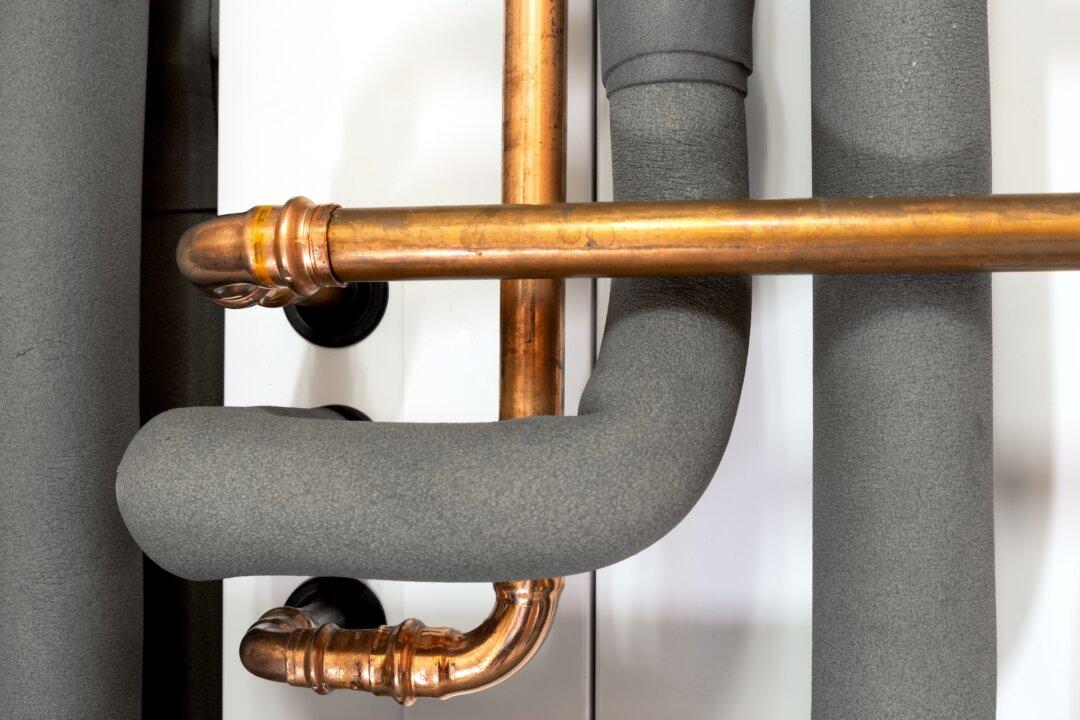Leaky pipes increase your water bill, may cause structural damage, and can lead to mold and its ensuing Pandora’s box of complications. The good news is that suspecting you have a leak means you’re already on your way to fixing the problem.
Meter Diagnosis
Water meters are commonly found near the street, typically under a manhole-style cover. Ideally, you should have a water meter key, available at any hardware store, to open the manhole cover and turn the water supply on and off. If you don’t, an oversized screwdriver will open most covers, and pliers and some elbow grease will control the water supply.Further Exploration
Turn off all the faucets, the washing machine, and the dishwasher. Make sure the landscape sprinkler system, if you have one, is not on, and no one is using an exterior hose. If the meter is still moving, you have a leak. A stopped meter, however, doesn’t mean that you don’t have a leak. Note the numbers, then come back an hour or two later. Have the numbers moved?Note that a water meter will not show a leak on the municipal supply side, so if the numbers haven’t changed, but you still have low water pressure or you notice the aforementioned lush lawn around the meter, you may want to reach out to your town or city.

Lenar Nigmatullin/Shutterstock
Investigate the Connections
The majority of plumbing leaks happen at connection points. Use a flashlight to check the faucets, the drain pipes under the sinks, as well as the connections for the washing machine, refrigerator, dishwasher, water heater, water filtration system, shut-off valves, and toilets. The fix may be as simple as tightening a connection or replacing a worn-out washer or a failing supply line hose. Also check the appliances and fixtures themselves to determine if they have internal leaks.In the case of a leaking faucet due to a failed O-ring or washer, you probably can either fix it or replace it yourself. Check the warranty first to make sure you don’t inadvertently void it.
Toilet Test
If all the faucet and appliance connections are dry, it’s time to turn your attention to the toilet. If the porcelain throne is randomly flushing, it’s most likely caused by the toilet flapper—the rubber part that opens and closes each time you flush it.The Flapper
Toilet flappers age and accumulate mineral build-up. The fix may be as simple as cleaning it. If not, it’s an easy change-out project with parts available at most home supply stores.Turn off the water supply to the toilet, or the whole house if there’s no toilet shut-off in the bathroom. Flush the toilet until it’s empty, then unclip the flapper from the flush chain and pull up on the flapper to remove it from its posts. To install a new one, simply reverse the process.
The Fill Valve
The toilet fill valve, the tall piece where the water comes into the reservoir tank, is another potential source of a leak. These are under a lot of pressure and can begin to leak over time.Turn off the water supply, flush the toilet until the tank is empty, and then unscrew the black, red, or yellow stop cap at the top of the fill valve, turning it in the counterclockwise direction. If the fill seal looks worn, replace it.
If you decide to change out the entire fill valve, first put a bucket under the incoming water line underneath the tank before removing the water supply line. Remove the supply tube—the short, small hose—connected to the valve inside the tank, unscrew the fill valve, and remove and replace the parts in reverse order.





